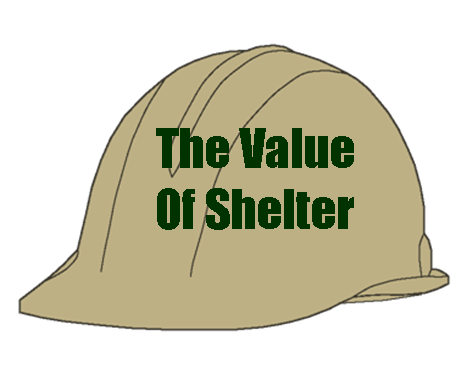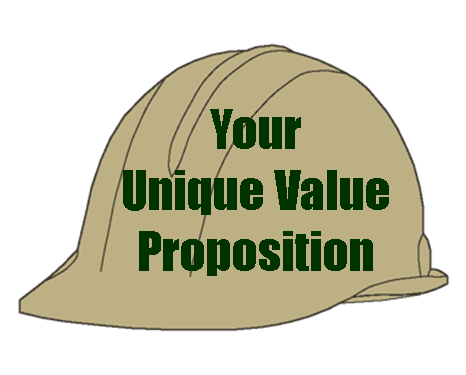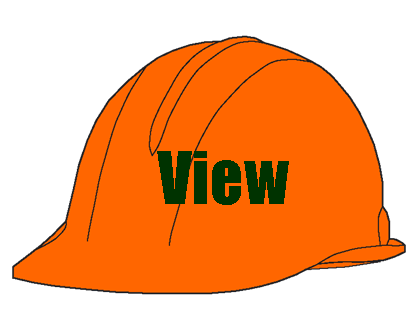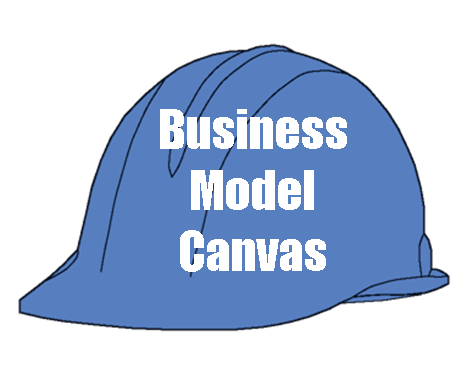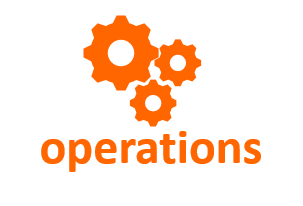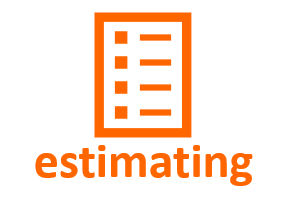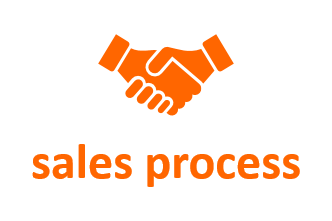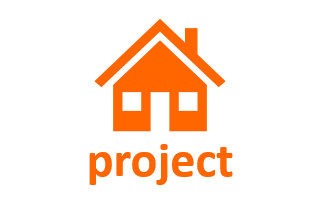BUSINESS MODEL CANVAS
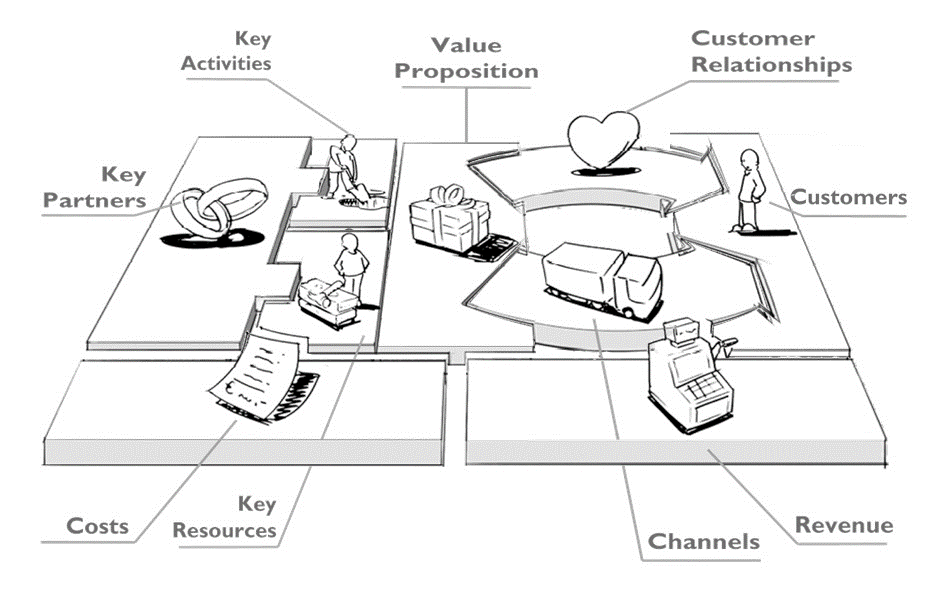
Understanding and Communicating The Value You Provide
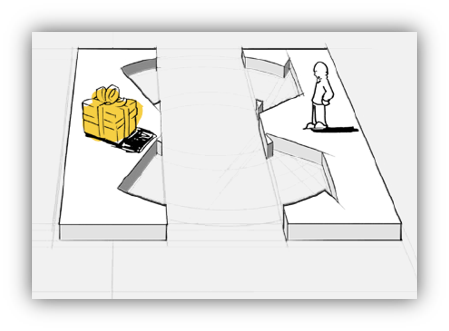
Money is objective. Value is subjective.
Money is absolute. Value is relative.
Think of a bottle of water.
What Is Value?
The price of the water is $1.69 per bottle. Absolute.
The value of the water depends on my circumstances. Relative.
If I have been on a roof all afternoon in 103-degree sun, the value of the water is very high...more than the $1.69 that the water will cost me, and so I make the trade... $1.69 for the bottle of water. The benefit provided to me, slaking my thirst, is of greater value than the $1.69 I have to spend to receive the benefit.
If I have been riding around in my air-conditioned pickup all afternoon, the value of the water, and the consequent benefit, is less, and I may make the trade or not. I am not certain that the bottle of water is worth more than my money.
If I have just finished drinking two bottles of water, the next bottle of water has no value to me, and I will not make the trade. I am no longer thirsty, and the bottle of water has less value to me than the money.
The price is not the important factor. What determines whether I make the trade or not is the value I place on the bottle of water and on the benefit of reducing my thirst. The price of the bottle of water is just an arbitrary point at which I make the decision of relative value.
Buy...or don't buy. It does not depend on the price of the item. It depends on the value I place on the benefits provided by the product or service.
How Do Humans Determine Value
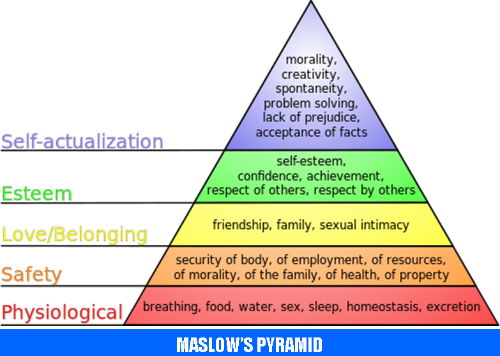
In 1943, Abraham Maslow, while a professor of psychology at Brooklyn College, developed his theory of humanistic psychology, which included thoughts on the concept of a hierarchy of needs. According to this theory, the most useful way to try to understand human values is to place them in a hierarchy of needs, beginning with the most basic need of survival and ascending to a state of realizing one's full potential, or self-actualization. As each level of needs is fulfilled, the next level can be addressed.
This concept is valuable for attempting to understand and address the values constructs of potential home-buyer clients.
- The pyramid would suggest that the first level of need is physiological, i.e. for shelter.
- Once that need is met, there is a value of safety and security which is desired.
- When the individual feels safe and secure, there is a value of belonging to a group which is desired.
- When the individual is ensconced with a group (such as a neighborhood), the value of esteem is desired.
- As the individual grows in terms of standing in the community, he or she can begin to realize their full potential as a member of society.
The illustration would also suggest that an individual does not progress to the next level of the hierarchy until they have substantially realized the characteristics of the level they currently inhabit.
In essence, as humans, we progress from survival to comfort to sharing to respect to fulfillment.
Next Steps
|
Understand how your market values the homes you build. | ||
|
Determine your process for building value into your homes and the best ways to tell your market about it. | ||
|
Develop your three messages 1. The Position Statement |
Develop your three messages -- 2. The Value Statement |
Develop your three messages -- 3. The Unique Value Proposition |
Access and Use the Business Model Canvas
